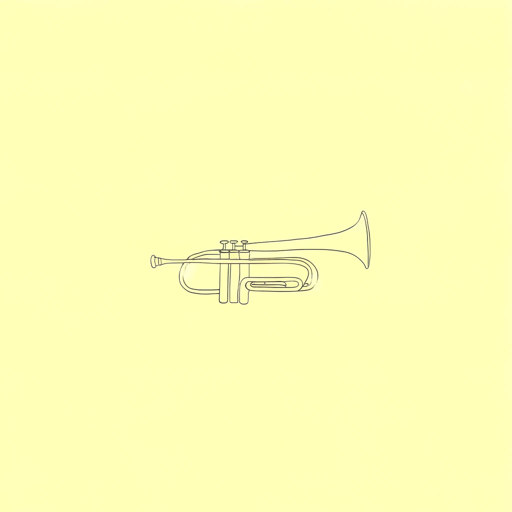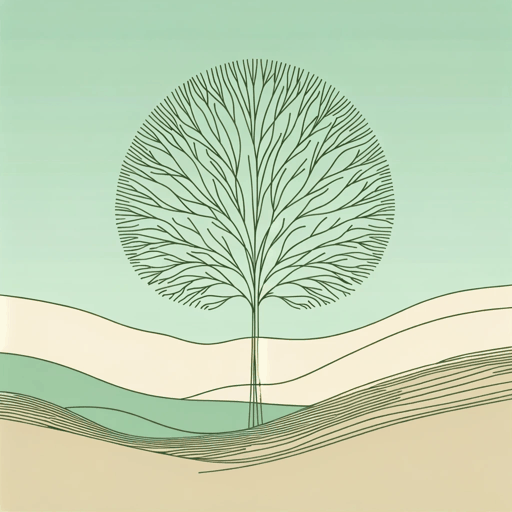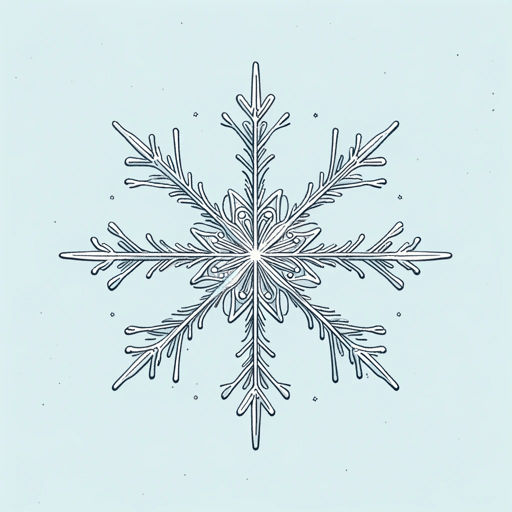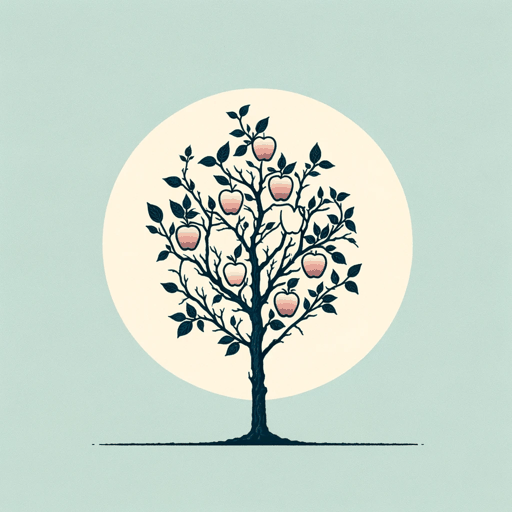18 pages • 36 minutes read
Claude McKayWhen Dawn Comes to the City
Fiction | Poem | Adult | Published in 1922A modern alternative to SparkNotes and CliffsNotes, SuperSummary offers high-quality Study Guides with detailed chapter summaries and analysis of major themes, characters, and more.
Literary Devices
Form
The four stanzas reflect a navigation between formal poetry with anticipated rhythms and carefully modulated rhymes, and what in McKay’s era was termed open verse, which allowed the subject matter to be defined by poetic form released from the expectations of traditional rhythm and rhyme.
Stanzas 1 and 3 are set in the city that, for the speaker, suggests soul-quashing monotony, a bleak gray world defined by the routine of work-to-tenement-to-work in which the intrusion of dawn signals only a return to the crushing routine. Appropriately, those stanzas are locked into careful beat and predictable rhymes, echoing the thematic argument. Stanzas 2 and 4 are set on the island, and the form of the lines is as liberated as the speaker’s spirit back on the island. The poem uses the energy of open verse to create sonic cooperation, patterns that suggest rather than insist on form: the “ing” verbals in those triplets; the repeated first word “And” like a chant; and the onomatopoeic devices, those words such as “bray,” “neigh,” and “crow” whose sound echoes the actual noise they are describing.
In this, McKay exhibits a command of both the demands of inherited conservative poetic form and the subtle aural effects of open verse.
Related Titles
By Claude McKay

America
Claude McKay

Home To Harlem
Claude McKay

If We Must Die
Claude McKay

Joy in the Woods
Claude McKay

The Harlem Dancer
Claude McKay

The Lynching
Claude McKay

The Tropics in New York
Claude McKay

The White House
Claude McKay

To One Coming North
Claude McKay

